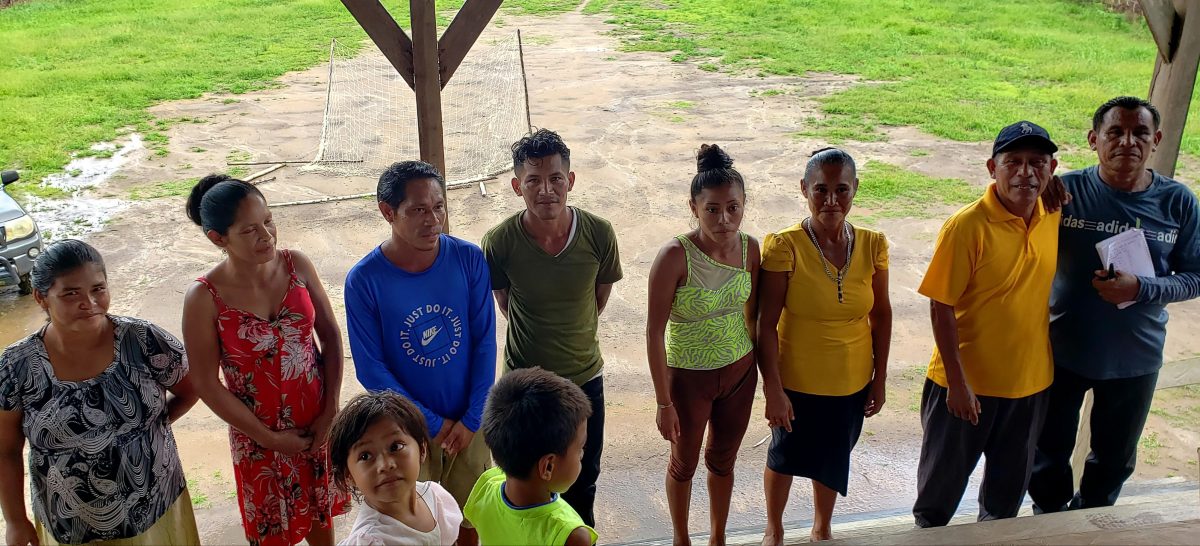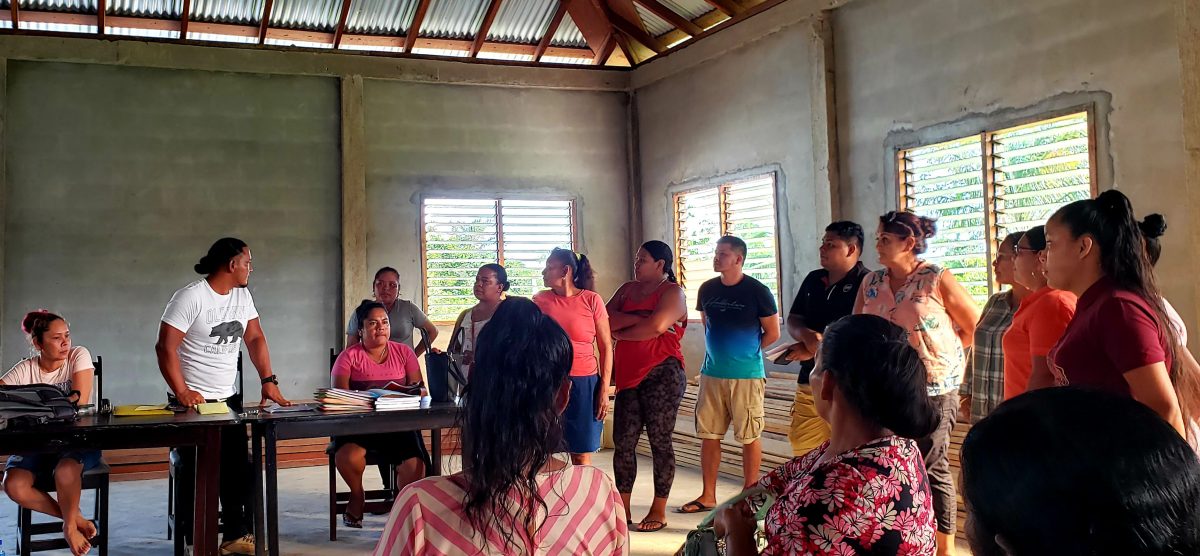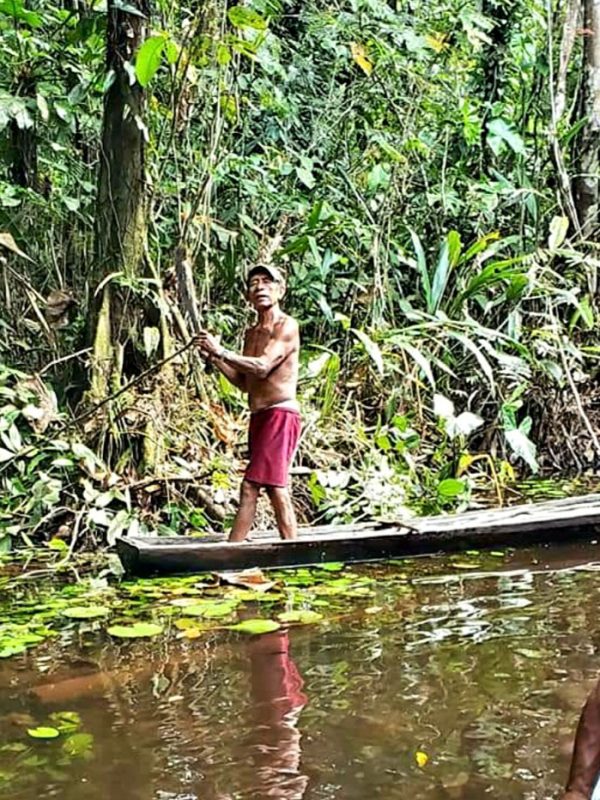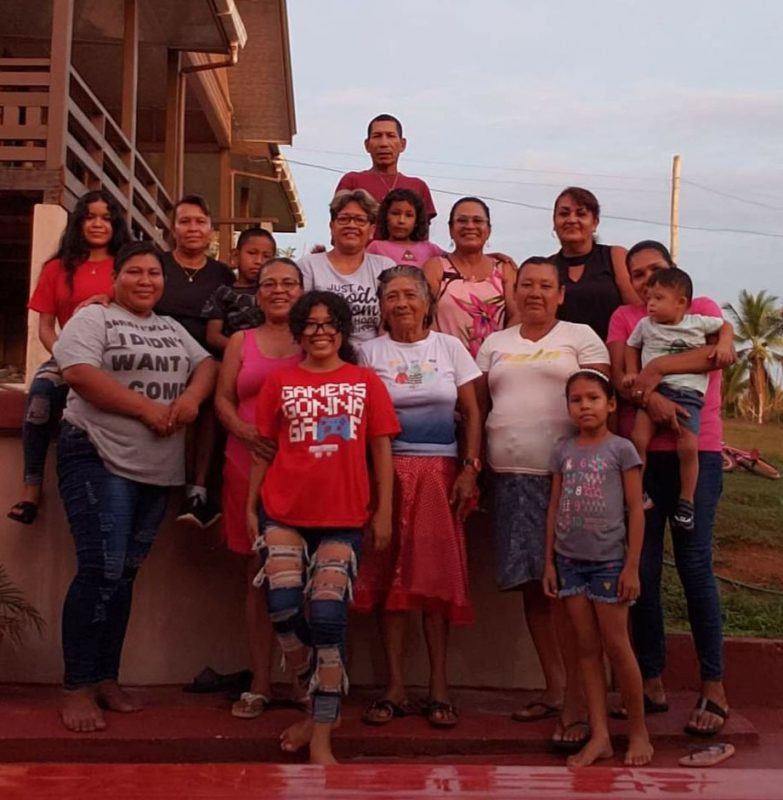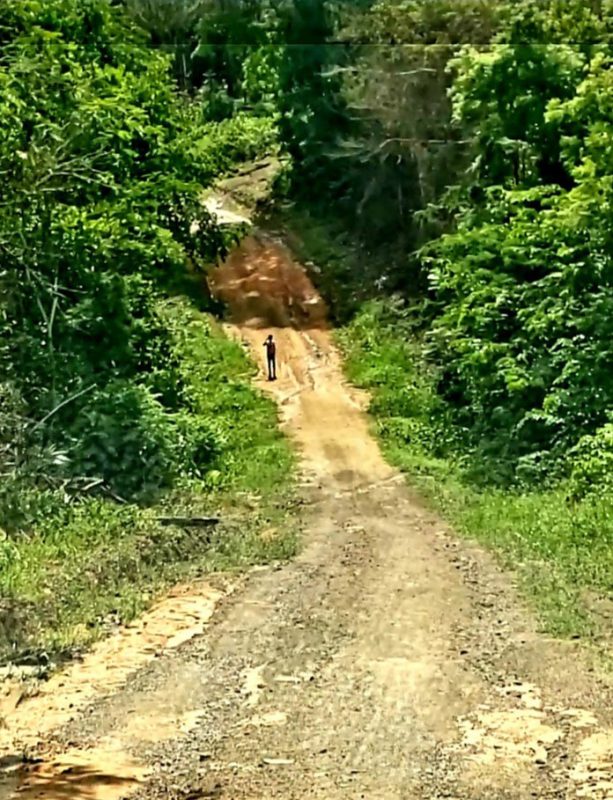Until I was 17 years old, I celebrated my birthday on the 30th of May. That was the age at which I needed a passport to leave the country for studies abroad. My birth certificate was required and I realised the official date of my birth was recorded as May 31st.
Throughout my earlier years, the official document used to determine my identity was my baptism certificate. I don’t know how many of you are as lucky as I am. Depending on the year, I celebrate on both days. However, I believe my late mother Genevieve La Rose who said I was born on 30th May.
I was born on a farm surrounded by forests in the Haimaruni Creek in Santa Rosa village, Moruca. I had related this to some of my colleagues at Stabroek News over two decades ago and this earned me the nickname ‘Forest Child’. Some of them still call me by that name.
According to my mother, my father, the late Benson La Rose, had left her on their farm in the Haimaruni creek for a few days to go to the then administrative centre at Acquero in Santa Rosa Village, Moruca while she was heavily pregnant. Acquero was about 15 miles away by paddle boat and over 10 miles by track along rough hilly and rocky terrain in those days. Her companions were an elderly Warrau woman, my sister who was two years old and some dogs.
My mother said she was angry with my father because he returned “drunk” and he should have returned a few days earlier to take her to Acquero to await her delivery. When he returned, she was in labour and she could not make it to the health centre. The Warrau woman acted as midwife and the next day my father returned to Acquero and registered my birth. She had noted that it would have been impossible for him to register me on the same day I was born because he returned to Acquero the day after.
A birthday
Not having spent a birthday in Moruca since I was 12 years old, I decided to return to mark the occasion this year. I stayed at Kumaka where I spent most of my early childhood and I hadn’t planned on going into Haimaruni Creek because the water is still low from the recent drought.
I travelled the overland route into Moruca on 30th May, with my sister Jean. That meant leaving Georgetown at the break of dawn for Parika to take a speedboat across the mouth of the Essequibo River to Supenaam. The Transport and Harbours Department Ferry also does the crossing, but it’s faster in a speedboat. It’s a scenic journey. From Supenaam we took a taxi to Charity on the Pomeroon River and from Charity we took one of the passenger boats through the Pomeroon River, a five-mile stretch of the Atlantic Ocean and then into the Moruca River for some 24 miles to the village of Santa Rosa.
We arrived at Jean’s lodge, ‘Wa Shikwa’, by noon and enjoyed some freshwater fish cooked in ‘kadakura’ (the cream of the bitter cassava water) and freshly baked cassava bread. For the remaining days I indulged unabashedly in cassava bread and kadakura with other fish and meats, bypassing most other dishes prepared by my sister-in-law Agnes. I cannot prepare kadakura the way she prepares it.
My May 30th birthday meal, by request, was shine rice cooked with salted fish, ochroes and sweet plantain. I grated the coconut while Jean chopped the green seasonings. My brother, Lloyd La Rose, who couldn’t remember the last time he burnt his fingers, cooked. With cold swank (lemonade) it was quite a treat.
My birthday dinner which I celebrated with the extended family on the following day was a typical Guyanese menu. I also had my fill of Scrabble games each night which only ended when the community’s generator went off.
I woke each morning to the rumblings of howler monkeys, buzzing of bees and chirping of birds. It was a joy to see the howlers and a troop of sakiwinkis (common squirrel monkeys) coexisting as they swung from branch to branch feeding off a nearby whitie (ice cream bean or guaba) tree.
It was also refreshing to see, smell and feel the raindrops. The days were warm and humid for the most part.
I was overwhelmed with emotions remembering both of my parents but especially my mother. I saw her everywhere and in everything. I could not help mentioning her to my siblings especially when I saw what was once a forested patch where a creek ran and where we had our ponds, razed by fire.
As a child there were times I was afraid to bathe or fetch water by myself in that forested area. The sakiwinkis, other monkeys and birds looked on at us as we bathed, did our laundry by hand and immersed ourselves in the water totally uninhibited. I had once asked my mother why she had not cut down the trees. She had simply said it was to protect the water source. I never questioned her again. I felt a mixture of sadness, anger and hopelessness when I saw the burnt out clearing. Then I felt even more sad when I learnt that it was not intentional. The brush fire was owing to the drought and the very dry undergrowth had burned itself out while damaging some crabwood, cocorite and acquero trees among other wood species.
Lloyd’s home had been under threat by the fire and his children were traumatised by the event. Agnes has since made a kitchen garden in part of the area.
Indigenous pride
For the first time, I also witnessed area council elections in Santa Rosa and Haimaruni. Santa Rosa, the largest Indigenous People’s village in Guyana with a population of over 12,000, is made up of several areas. After the birthday lunch we went to the Kumaka Ballfield where the election of office bearers for the Kumaka Area Council was held. Kumaka has the largest population in Santa Rosa. The meeting, presided over by senior councillor, Marlon Atkinson, was well attended and voting was well executed. Discussions were also very civil and respectful.
Two days later, at the invitation of the senior councillor for the Haimaruni area, Basil David, I attended the Haimaruni Area Council meeting as a non-resident and daughter of Haimaruni. Santa Rosa’s newly-elected toshao Raul Hendricks was present at both meetings.
While it was clear that Kumaka Area Council has a pool of skills and knowledge from which to draw, it was also obvious that Haimaruni, probably one of the most neglected areas in Santa Rosa, needs a lot of guidance and support.
Reflecting on my childhood in Santa Rosa, and I did a lot of it during my Kumaka sojourn, I recalled that growing up I was ashamed that I had been born in Haimaruni. Whenever I had little squabbles with my siblings, especially my older sister (I am the second child) she reminded me that I was born in the ‘creek head’ or in Haimaruni which was insulting to me. She often reminded me that my nurse was a Warrau woman. Like most communities, Santa Rosa was not excluded from a societal class structure and the Lokonos (Arawaks) saw themselves at the top of that class structure in the village with the Caribs and Warraus below. At the time, to be associated with, or, be called a Warrau dented my pride. Today, you can call me anything, I am just proud to be Indigenous or to be called an Amerindian.
A proposal
Saturdays are market days at Kumaka Landing and walking up and down five hills on an early morning is a good exercise that whets the appetite.
On Saturday, 1st June, Lloyd and I walked the one-mile hilly stretch from the lodge to the market. I was also on a mission to locate another brother who we had not heard from for a few weeks. One of the places I had to visit was a rum shop. As a journalist, I was not afraid of going there. Lloyd, on the other hand, said he would take me as far as possible and I could go the rest of the way by myself. I understood why he chose not to venture further. As we got to the incline to get to the rum shop an inebriated man approached me with a high five which my brother fended off. That was shortly after 7 am. Alcoholism is a problem in Santa Rosa.
At the rum shop I got all the information I needed and as I was about to leave, the owner asked me who I was. I had initially introduced myself to him but it seemed he had forgotten. Anyway, I told him I was his former classmate at the then Santa Rosa Roman Catholic School and I was also best known as ‘Sam’, a shortened form of a longer nickname, my grandfather, the late Albert ‘Bertie’ La Rose had given me. It appeared he still could not remember.
Nevertheless, he told me he was looking for a wife, that I looked like I was a good woman and he would like to have me as his. He said he got lonely at times and could not find a suitable woman in Moruca because all the women wanted was money and sport. I told him, “I already have a man. There are lots of good women in Moruca.”
I reported to my siblings what I had found out about my brother but did not tell them about the rum shop owner’s proposal until that night at dinner. That was when I learned that another man had approached Sharon at the market asking her also if she was available. We had a good laugh.

